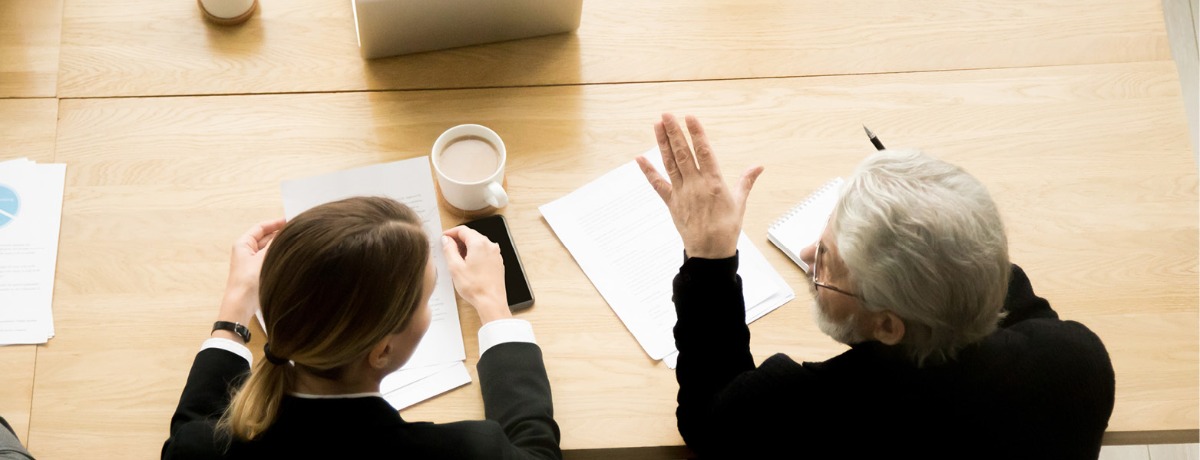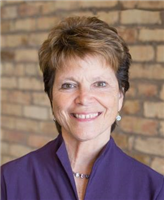Family Law has undergone a radical change during my 30-plus years of practice. From a time when 95 percent of parties hired lawyers (or qualified for private or publicly funded legal services) to the current estimate that 70 percent of parties are self-represented (pro se). States across the county have experienced this same shift in divorce and other family cases.
There are numerous reasons for the change. Many people see lawyers as increasing conflict and cost rather than solving problems; per case fees have risen affecting the affordability of lawyers at many income levels; public funding for legal services has decreased; and the internet has fostered a sense of do-it-yourself as the starting point for many parties in lieu of professional services. This DIY approach by the public in family law matters is also reinforced by readily available check-box forms and online legal resources.
It is a given that most parties are choosing to navigate their divorce, paternity, or post-judgment actions without any legal assistance. The downside for lawyers is obvious, though self-representation can also have negative repercussions for the parties themselves. DIY can result in ill-informed decisions by parties who do not understand the law or the future legal and financial impact of settlements; such kitchen table agreements can also be the result of pressure or threats from one of the parties. In addition, it has created a challenge for courts and staff who are dealing daily with the flood of self-represented parties trying to navigate the legal process without guidance or expertise.
To renew a sense of value and address the changing expectations and needs of potential clients, many lawyers are offering a variety of legal services including collaborative practice, limited scope representation, and mediation. They are also offering alternatives to the traditional retainer/hourly rate billing.
Mediation with self-represented parties is growing as it provides a neutral lawyer bridge between DIY and each party hiring an advocate lawyer. It is proving to be an efficient and cost-effective alternative. Because mediation is not a two-lawyer process, parties who currently avoid lawyers for fear of escalating conflict or losing control of their case are more willing to seek legal assistance from a single lawyer-mediator to help resolve issues, support personalized negotiations, and navigate the court process.
This transformation of lawyers from advocates and decision-makers providing legal advice to neutral guides and facilitators providing legal education requires training, practice, and self-reflection. At its best, it also involves interdisciplinary practice. This means lawyer mediators incorporate child specialists (mental health professionals who work with parents to restructure their family) and financial neutrals to assure well-informed financial decisions. The parties get interdisciplinary support from the best-trained professionals and readily see the value of a lawyer-mediator in the process. Such an approach also recognizes that most couples want a low-conflict, low-cost process rather a court dispute.
The Wisconsin Supreme Court recently recognized the changing culture of family law with an ethics rule effective July 1, 2017. This trend-setting rule allows a lawyer serving as a mediator with self-represented couples in family law cases to neutrally draft and file all legal documents necessary for their agreement and implementation with the informed consent of both parties. The rule addresses neutrality, competence, and the role of a lawyer-mediator, including no representation, legal advice, or advocacy.
This rule and the growing culture change in family law practice presents both challenges and opportunities for family lawyers. I believe it is time to embrace change. I have transformed my practice approach, and in the past year it has shifted from 80 percent individual client representation and 20 percent mediation to my current practice allocation of 80 percent mediation and only 20 percent individuals. My law partner, Gregory Hildebrand, and I also created the Family Mediation Center in Milwaukee, Wisconsin, a business entity that provides pay-as-you-go interdisciplinary mediation services at an affordable cost. The Center additionally provides mediation training which is expanding the number of potential mediators throughout the state.
Mediation is not the answer for all couples, but it is a positive process for many that can provide benefit to families, the legal profession, and the courts. Mediation services provided by trained and skilled lawyer mediators will be a significant part of the future of family law.
-------------------
Susan A. Hansen is a partner at Hansen & Hildebrand, S.C. and the co-founder of the Family Mediation Center in Milwaukee, Wisconsin. For more information: www.h-hlaw.com, www.familymediationcenter.org





















